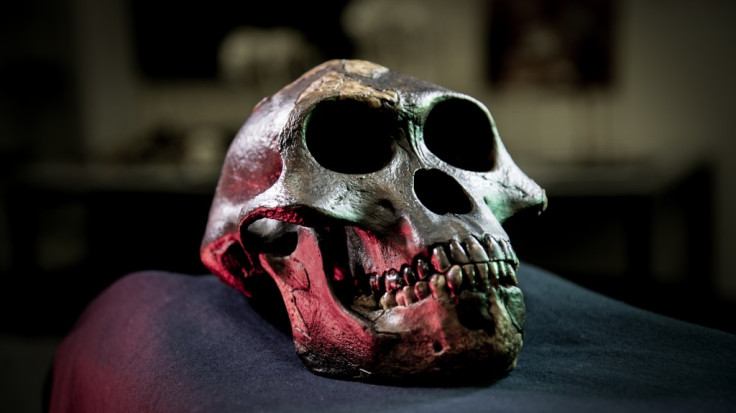Why we have smaller molars than our ancestors discovered: Baby teeth

The size of our baby teeth dictates the size and layout of our teeth for the rest of our lives, according to researchers. They discovered that tiny differences in the baby molars of people could generate huge differences in latter years.
Research suggests that these tiny changes have accumulated, and a number of tiny changes to our teeth have built up and are now incredibly different from our evolutionary ancestors.
Researchers have long known that our back teeth – or molars – have become much smaller on an evolutionary scale; so much so that some people do not even develop wisdom teeth any more.
This evolutionary change has been attributed to a changing diet, and modern humans tend to cook more of their food than our ancestors – meaning smaller bites, and less need to have a bigger chomp.
Baby teeth dictate size and shape of adult teeth
However latest research, published in Nature, says that subtle changes to our baby teeth have also caused this evolutionary change. The process they describe is known as the "inhibitory cascade" developmental rule, and it says that human adult molars rely heavily on the milk molars.
"Amazingly, the size of milk molars, which start developing prior to birth, have a powerful cascading effect on the size of later-forming adult molars," said Kierstin Catlett, co-author of the study from Arizona State University.
Fellow researcher Gary Schwartz added: "As milk teeth and adult teeth develop side by side within growing faces, it is not surprising to think that one set has a powerful influence on how the other set develops,"
Analysing teeth
The scientists compared the size of molars in 66 modern humans to 14 species of fossil hominin – great ancestors to humans – stretching as far back as 5 million years ago. They used a simple measurement of one single tooth to find its rectangular area, and then used micro-computed tomography to model how the entire sets of teeth would have looked. That not only includes the adult teeth, but also their milk teeth.
Their results showed that tooth size appeared to remain constant up until around 2.8 million years ago. At that point, they became gradually smaller and smaller, which the researchers put down to selective pressures, including a changing diet.

The model also showed that as teeth became smaller, subtle, tiny differences were being identified in the molars of milk teeth. These changes have generated differences in size and shape between individuals, but also across time.
Schwartz said: "What is really exciting is that our results fit an emerging picture that only a very small amount of tinkering during development, not a wholesale reorganisation, is enough to generate a whole range of different anatomies, including the vast diversity in tooth sizes of our ancestors."
© Copyright IBTimes 2025. All rights reserved.






















